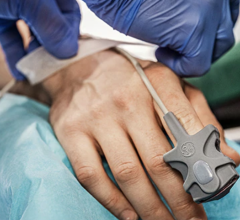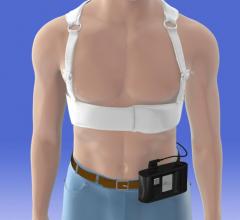
Sudden cardiac arrest and acute myocardial infarction are two of the largest public health problems facing Western medicine. To improve this situation, access to accurate data to measure and benchmark treatments and outcomes is vital. Over the past two decades, Zoll Medical Corp. has built a suite of products for emergency medical service (EMS) and hospitals to address these issues and drive improvements in outcomes. More recently, Zoll’s focus has been on data integration, enabling data from multiple sources to provide a complete picture of patient care in these settings.
Prehospital to Hospital: Streamlining the Continuum
In the prehospital setting, Zoll’s products streamline EMS dispatch and billing, and even ambulance road safety, while providing electronic patient records and capturing data from the monitor/defibrillator during acute events. The recent release of RescueNet Link extends these capabilities to the emergency department (ED), where ED staff can evaluate incoming patients on a monitor, guide field-based treatment and prepare for immediate action upon arrival. Management of ST-elevated myocardial infarction (STEMI) is accomplished with RescueNet 12-lead, a tool for managing 12-lead information from the field or from referring Zoll’s secure, cloud-based server. Patient data is secure and the entire system is HIPAA- and HITECH-compliant. RescueNet 12-lead also is provided at no cost to hospitals or EMS agencies as an extension of Zoll’s 12-lead transmission solutions. The technology helps in decisions to activate a cath lab or divert patients.
Tools like these can help to streamline and unify patient care across a continuum and ensure accurate data capture for billing, benchmarking and, most importantly, improved outcomes.
Quality Data Impacts Survival
The quality of cardiopulmonary resuscitation (CPR) can significantly influence outcomes from sudden cardiac arrest, so Zoll built CPR feedback into its therapeutic devices. It provides the rescuer with real-time feedback on depth and rate of compressions. This data can now be captured and aggregated wirelessly so hospitals and services have the data they need to improve rescuer performance and, ultimately, save more lives.
Zoll’s code data products capture interventions in cardiac arrest electronically in a mobile platform and marry them with defibrillator data to provide a complete, legible and time-synchronized report that can be sent to an electronic medical record, then aggregated and evaluated for quality improvement programs such as Get With the Guidelines.
Information Ensures Readiness
Zoll’s Defibrillator Dashboard product allows Zoll defibrillators to automatically complete a 40-point self-test of defibrillator readiness. It then sends the information wirelessly to a central repository in clinical engineering outlining the readiness state, or the cause if it is not ready. This tool enhances clinical efficiency and reduces biomedical workload. It also helps to ensure that the defibrillator is always ready when needed.
For more information: www.zoll.com


 July 28, 2023
July 28, 2023 








